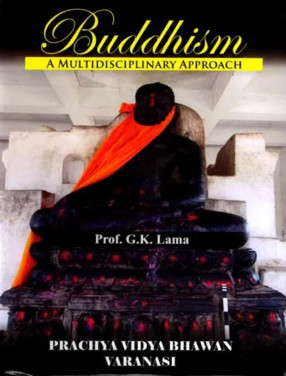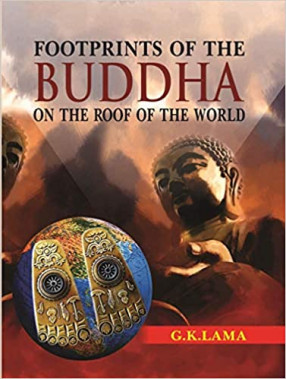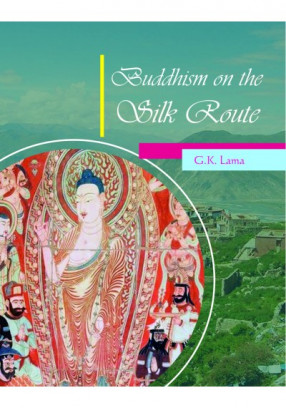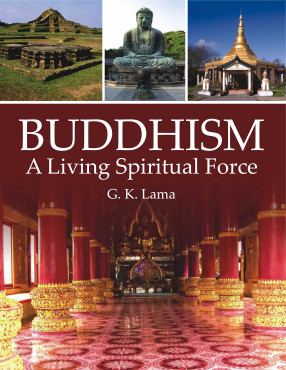Buddhism: A Multidisciplinary Approach
Buddhism being a living spiritual force attracted not only the intellectual world only but common people also find peace and path of salvation in it. During the time of Buddha, it was a local religious faith followed by the people of present Bihar, Uttar Pradesh and the terai area of Nepal but after adopting the dhamma by Asoka its fame crossed the border of India and introduced and expanded in Sri Lanka in the extreme south, Myanmar in east and Afghanistan in north-west. During the reign of Kanishka Buddhism reached in Central Asia and China. in the early centuries of Christian era, other South-East Asian countries like Thailand, Kampuchea, Vietnam, Indonesia and Malaysia had also excepted this religion. In 7th-8th century Buddhism alsdo spread in the countries like Tibet and Bhutan. From China Buddhism reached to Korea and then Japan. In this way expansion of Buddhism was done in almost allover Asia. Since 19th century this religion also attracted the western countries. A number of western scholars have taken keen interest to know about various aspects of Buddhism.
Further, it is well proved that Buddhism is a scientific religion and its impact is noticed not only on religion and philosophy but society, education system, economy, ecology, polity and so many other areas were also affected, so that I have decided to write on various aspects of Buddhism. It was very difficult to include all these aspects in a singlebook, so a brief survey was done and published in the book form. Chapter-1 deals with the Sramanic tradition of ancient India while second chapter is focused on the cosmological vision of Buddhism. Third chapter is based upon the healing method as prescribed in Buddhism and the fourth chapter throws light on the importance of yoga in Buddhism. Chapter-V describes how the ultimale goal of human life changed time to time in Buddhism. The sixth chapter defines the relation of Buddhism with ecology while chapter-VII deals with Buddhist historiography. Chapter-VIII is based upon Buddhist social philosophy and chapter-IX throws light on women's liberation in Buddhism. Political thought of Buddhism is the theme of the tenth chapter and the last chapter describes in brief the education system of Buddhism. The book is well supported by figures and illustrations. Hope it will be welcomed by the scholarly world.
Get it now and save 10%
BECOME A MEMBER










Bibliographic information